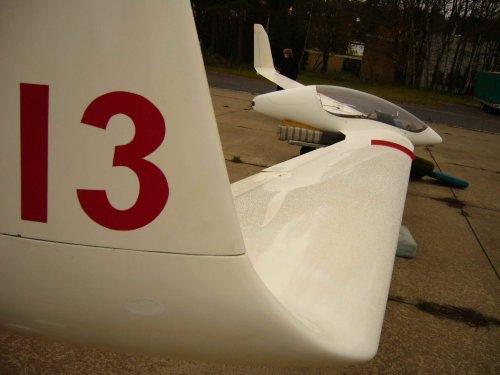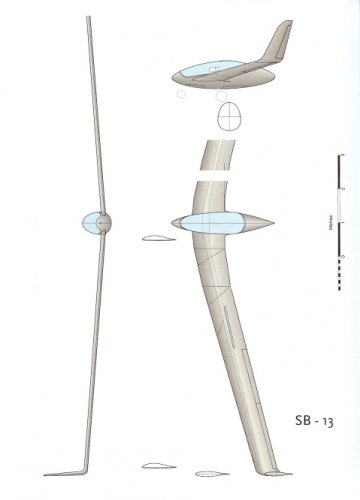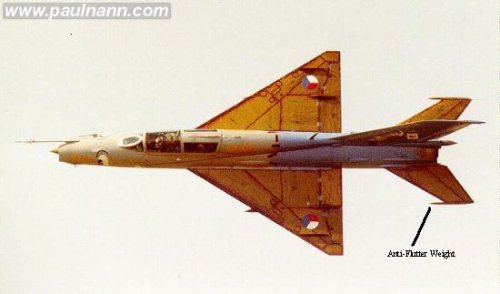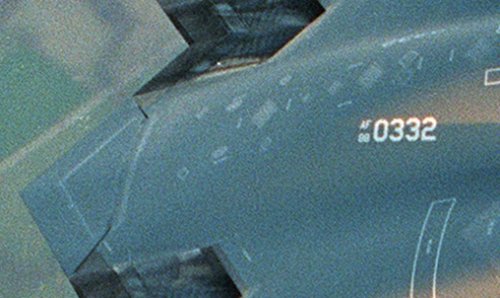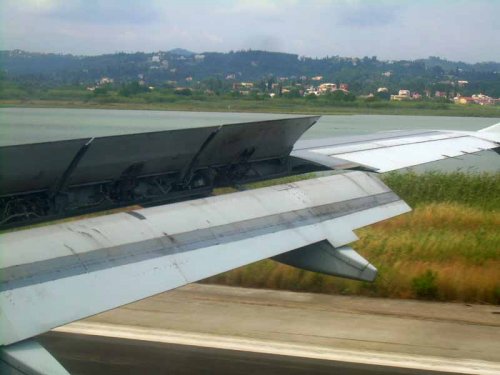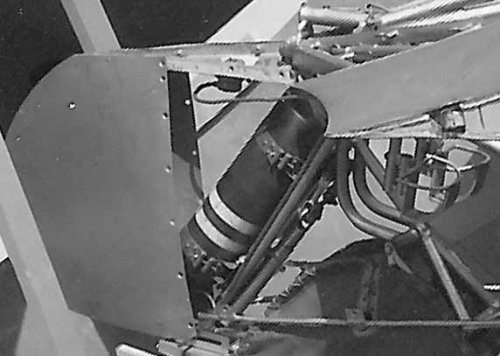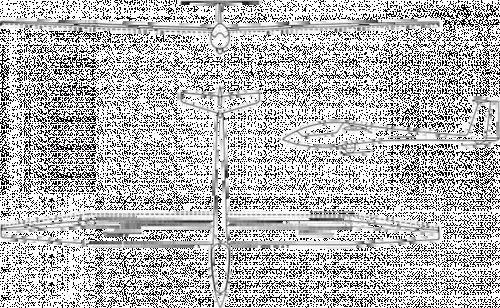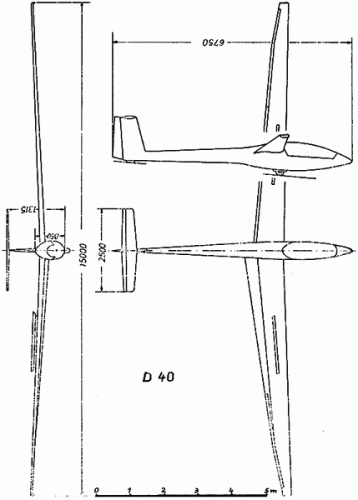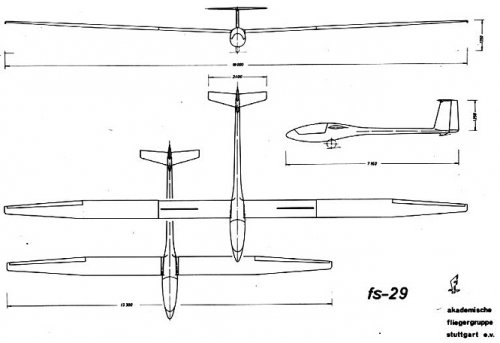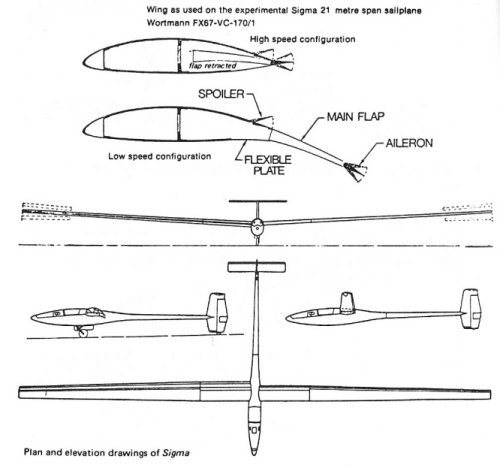Gery, you raise some interseting points, which I'll try to respond to, but bear in mind
I'm approaching the edge of my knowledge here, so shot me down if I'm wrong.... ;D
"morphing wings", It's been tried several times, mostly without success, for example the Akafieig Braunschweig SB-11 (this one worked),
Akaflieg Darmstadt D-40, Akaflieg Stuttgart FS-29, and the british Sigma.
In most of the cases the aerodynamic benefits were outweighed by the extra mass, and complexity of the morphing mechanisms.
In many of the cases, in addition, the aerodynamic improvements were less than anticipated, see below.
The exception to this was the FS-29.
In all of the cases mentioned, the idea was to vary the wing loading, to reduce it for soaring in a thermal, then increase it to fly fast across
to the next one.
The main approach to do this was to use large wing flaps. While these_do_reduce the wing loading, by increasing the wing area,
they also _reduce_ the aspect ratio, such that the increase in vortex drag negates the effect of the wing area increase.
This, coupled with the extra weight of the flap system, produced litle or no improvement in performance.
The FS-29, on the other hand, had telescopic, extendible wings. Now as these extend to increase the wing area, they also _increase_ the
aspect ratio, reducing the vortex drag, and improving the performance.
However the weight, complexity, and hence cost problems are still around.
"wing taper", you're right here, tapering the wing will increase the stiffness at the tip, reducing the tendency to flutter, and also reduces the
tip chord, which in turn reduces the vortex drag. It also increases the aspect ratio, at the expense of reducing wing area, which also reduces
the vortex drag. Increasing the root chord only helps in this case, especially with the SB-13, where you can't reduce the tip chord too far,
or you won't have enough room to mount the fins.
cheers,
Robin.

